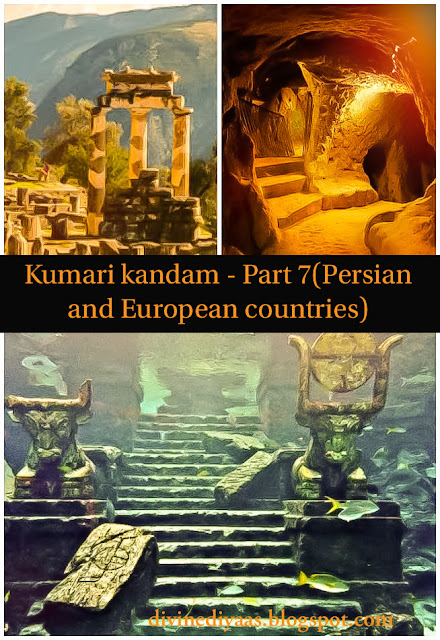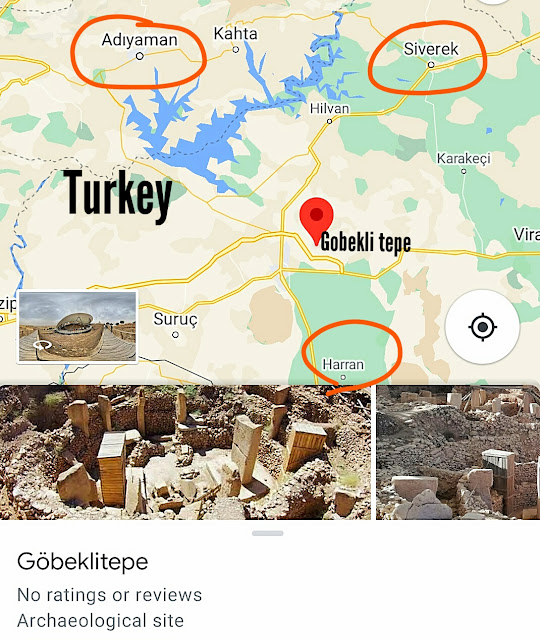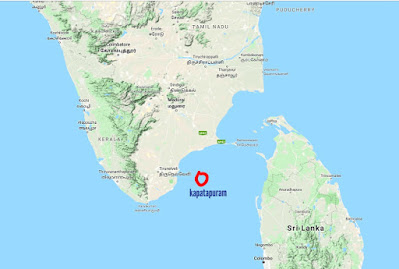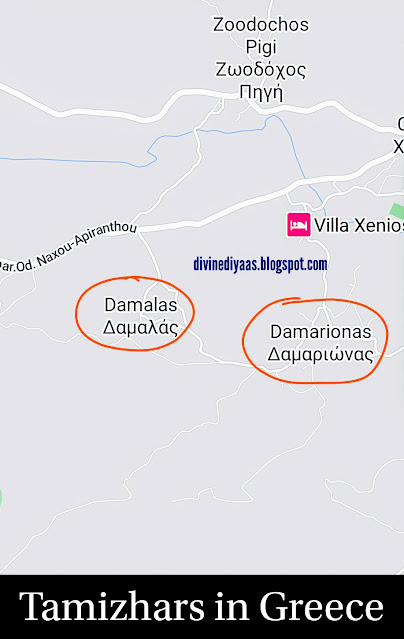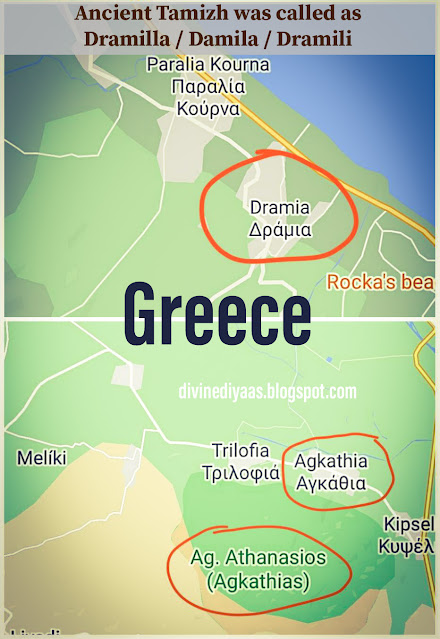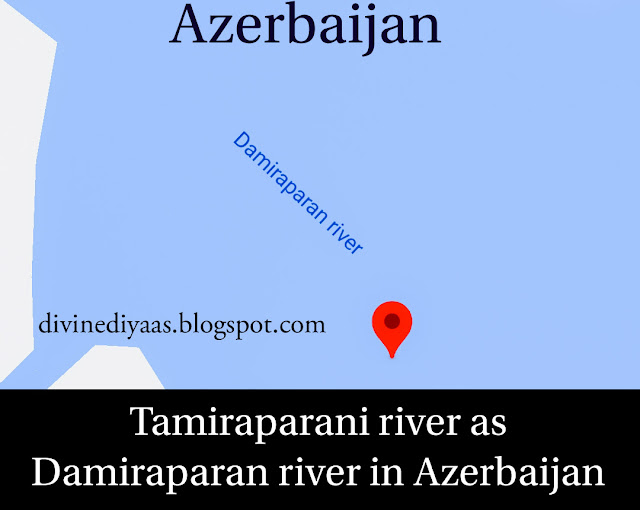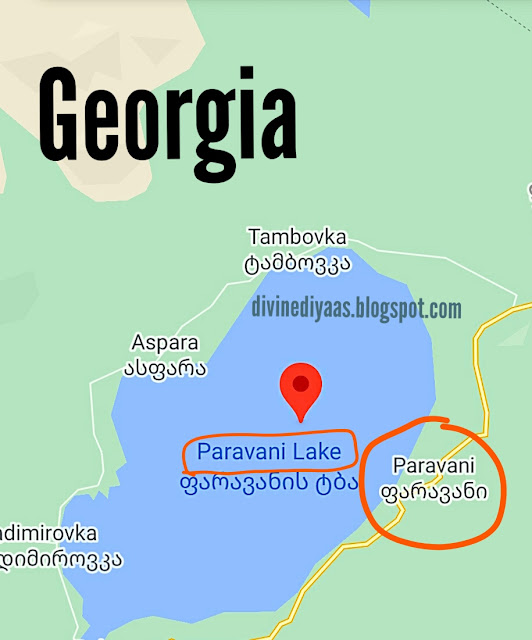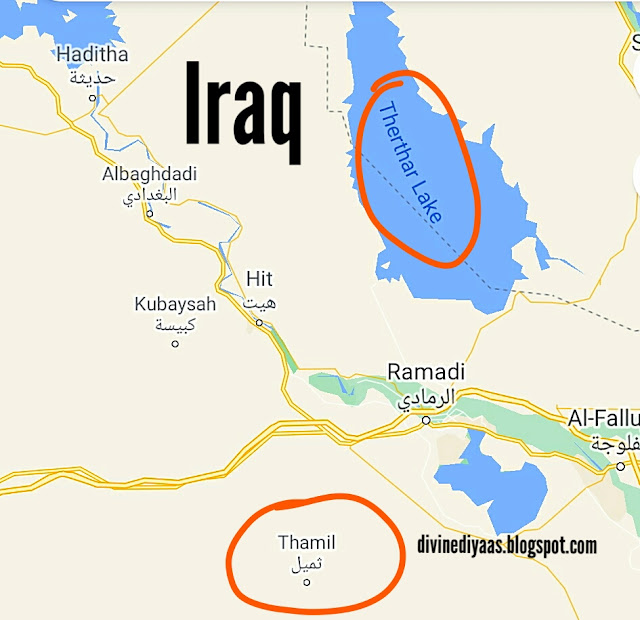Vidyashankara temple, Sringeri - A Stunning Engineering with Geometric and Astronomical Marvel !!
Vidyashankara temple at Sringeri in Karnataka, is a masterpiece of engineering architecture with outstanding knowledge of astronomy and Geometry. This ancient temple is dedicated to Lord Shiva. He is the main deity of this temple and hence called as 'Shankara', the garbagriha of Lord Shiva is topped by a heavy majestic square shaped vimana. This temple is not only a place of devotion, it is also a place of abundant knowledge.
This temple exhibits the ancient knowledge of priceless Science, Fine Arts, Mathematics, Geometry and Astronomy. It is guarding the ancient knowledge and secrets in a such a way that people who visit here for worshiping Lord Shiva will receive his blessings with good thoughts and good knowledge.
This ancient temple combines the features of Hoysala and Dravidian style of architecture. There are many pillars in this temple and every pillar was precisely built with perfect angle and geometrical patterns. None of the pillar differ from the designed angle. This temple has six doorways.
The eastern half of the structure is called as Mantapa, which is surrounded by twelve pillars. These 12 pillars are popularly known as 'Rasi Stambhas', marked by the twelve signs of the zodiac.
Astronomical brilliance:
These 12 pillars were skilfully designed and constructed in such a brilliant way that the rays of the sun, fall on each pillar in the chronological order of the twelve solar months of the Sidereal solar calendar.
What is Sidereal Solar calendar ?
Sidereal Solar calendar : It means, in simple terms, the position of Sun with respect to the corresponding Zodiac is considered to calculate a month and to calculate a year. This calendar is being followed by people of Tamil Nadu, Kerala, West Bengal, Assam, Punjab, Malaysia, Sri Lanka, Burma, Thailand and much more....
This zodiac based calendar system was used in ancient times, as it's the precise one. Not a single change happened in this calendar calculation for several thousand years, it is an error-free calendar...
But, in the modern calendar (Gregorian calendar), many changes had happened in the past. 13 days were missed / skipped in this calendar, while implementing it. Even now, there are several days are being missed out continuously. Yet, we call this is an accurate one. Enough of colonisation !! It's high time to return to our ancient roots....
For more details about continuously missing days in modern calendar, reach out to the post below,
For detailed explanation about Sidereal solar system, reach out to the post below,
Now, coming back to Vidyashankara temple, how did the ancient Indians designed pillars in such a way that, sun rays precisely fall on the corresponding solar month ?
It means that they have calculated the position of the Sun and Position of the 12 Zodiacs accurately. They knew that this calculation is precise, very confident about their knowledge and wanted to pass on this knowledge to the future generations. So, they have designed this beautiful temple with knowledge of Astronomy as a tall standing open library.
The information that are stored in paper, manuscripts, modern storage devices, cloud platforms etc can be destroyed. But, the information inscribed on the strong stones, can not be erased. Also, it requires some skills to understand the scientific secrets carved in such temples. In this way, our ancient Indian ancestors constructed a temple with devotion and science as open secret...
In this temple, each column is topped by a yazhi with a rolling stone ball in its mouth. Every morning when the sun rays enter, they hit at one specific pillar indicating particular solar month of a year. The rays of the sun fall on each of pillar in the order of the twelve solar months.
Check the 12 zodiac pillars of the temple, in a aerial view layout.
This temple is a proof for accuracy of sidereal solar system. It's an example for astronomical and mathematical knowledge of our ancient ancestors.
Sri Adi Shankaracharya had established four mutts / peetha / peedam (Monastery) in 4 directions of India:
1. Badri Jyotir matha peetha in the North,
2. Dwarka's Shardha Peetha in the West,
3. Govardhan matha Peetha in Puri in the East,
4. Sharada Peetham in Sringeri in South.
Four mutts were established to represent and to safeguard each veda. In this place Sringeri, Sharada mutt was established to safeguard Yajur veda and to teach Advaita vedanta.
Geometric patterns:
On the floor of this temple, there is a large circle drawn with converging lines corresponding to the direction of the shadows cast by the each pillar. This shows the expertise of ancient Indians in angles and geometry....
Sri Yantra and Temple Geometric pattern:
The geometric patterns and the angle of every cuts are same. The angle of pillar cuts are resembling wit Sri Yantra (below picture for reference) as they both are having same degree of angle at the outer design.
In the below picture, the base of the temple(outer design) is constructed in such a way that the all converging lines are cut exactly at the same degree of angle. Resembling like a 3D representation of Sri Yantra.
Not only the base of the temple, the angle that pillars were cut, the top design of the the temple all were exactly cut at the same angle.
Check the above picture for reference of the temple base and the top design of the pillar..
In Sri Yantra, the intersection of lines form a design of small triangles arranged in a specific pattern. The pattern and the degree of angles that these triangles are aligned in Sri Yantra is looking similar with the geometric pattern and the angle of lines designed in this temple.
The temple base, the pillar angle, the top of the pillar and the top of the temple ate designed with the same geometric pattern with same degree of angle when viewed in 3D.
- This temple stands as an unerasable Library of knowledge.
- The intricate carvings in the temple, indicates the artistic skill set of ancient Indians.
- The geometric patterns and angle precision indicates, the deep knowledge of Indians in Geometry
- The Engineering work of this temple, indicates their ancient engineering knowledge
- The Zodiac pillars design, indicates about the abundant astronomical and mathematics knowledge of Indians.
Ancient Indian people's expertise in angles, geometry and their vast knowledge about astronomy is being reflected in this temple design. This temple is an architectural wonder with a perfection in geometric design, engineering skills and astronomical values. So, a temple is just a place to worship, It is more than that. No wonder why our ancient ancestors had built so many temples in India!!!!
Hara Hara Mahadev!!!!
- Aarthi Thiyagarajan




























